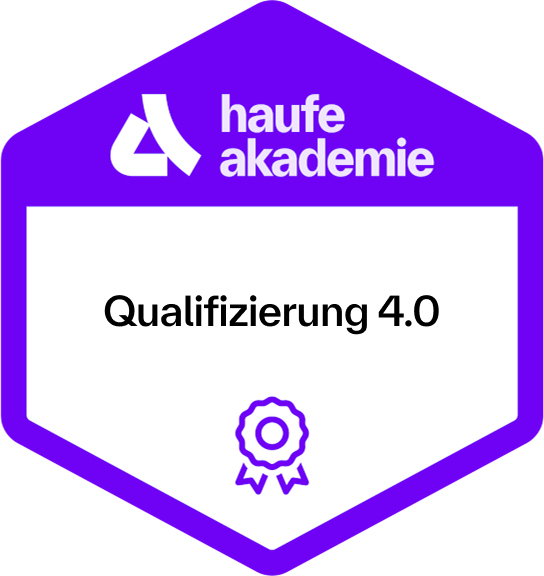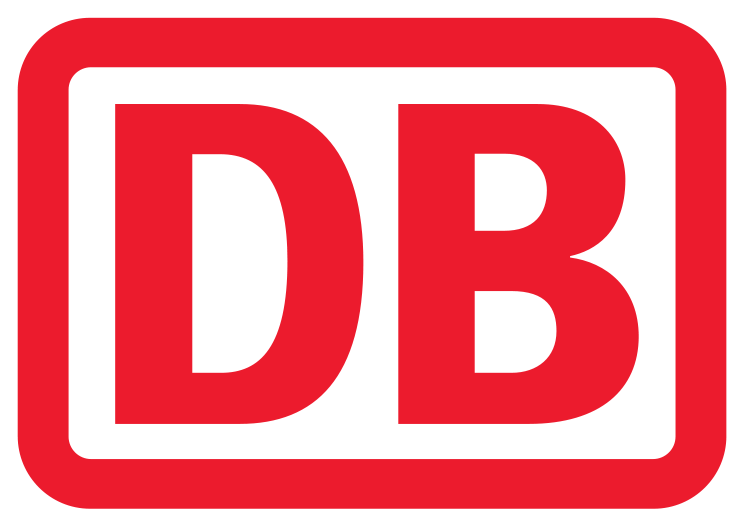Data-Driven Recruiting: Recruit with data instead of gut feeling!
Making the process measurably more efficient with recruiting analytics

Contents
Deriving the recruiting strategy from the business
- Understand and reflect on the relevant recruiting analytics based on the company's objectives.
Stakeholder communication
- Optimization of communication.
- Visualize and communicate data in a way that is appropriate for the target group.
- Convince executives and hiring managers.
Create effective dashboards
- Maintain an overview and control over the most important recruiting key figures.
Data-based trend analysis
- Recognize current trends and developments in good time in order to make strategic and procedural adjustments.
Using established tools efficiently
- ATS, HRIS, Talent Intelligence, Web Analytics.
- Use these tools to evaluate recruiting measures (e.g. career site, campaigns, referral programs, etc.).
Define relevant KPIs
- Time efficiency: When will the position be filled? Be able to answer this hiring manager question from the specialist department more reliably.
- Cost efficiency: What does recruiting cost? Being able to answer this question in a differentiated manner vis-à-vis HR management and finance.
- Quality of the applicant pipeline: Are the most suitable talents hired and retained?
Cost-benefit analysis
- Based on sample calculations.
Data Protection
- GDPR-compliant recruiting Analytics and avoiding discrimination.
Use external data sources
- Labor market studies, recruiting studies.
- Job boards, social media listening.
Using predictive analytics
- Making the future more predictable with Google Trends, AI tools and review portals.
Use your own surveys
- Use Candidate Net Promoter Score and other satisfaction measurements to optimize the recruiting process.
Measuring the effectiveness of recruiting channels
- Which channels do suitable applicants use?
Optimize the candidate journey
- Understand and improve the application process from the candidate's perspective.
Measure and sustainably improve the performance of the recruiting team
Learning environment
In your online learning environment, you will find useful information, downloads and extra services for this training course once you have registered.
Your benefit
- Recognize the relevant metrics and key figures to measure the success of the recruiting processes.
- Learn to evaluate recruiting activities efficiently - in terms of time, cost and quality - in order to continuously improve them.
- Convince stakeholders with clear data visualizations and comprehensible explanations and strengthen your position as a strategic (business)partner .
- Incorporating sound data into the recruiting strategy and continuously adapting the process to market trends.
- Use of own data from the systems (ATS, HRIS, Talent Intelligence, etc.) to obtain relevant data, analyze it and use it for optimization.
Methods
Trainer input with high practical relevance, group and individual exercises, best practice examples, work aids and checklists, discussion, exchange of experience, practical workshop with data evaluations from your own systems, development of a dashboard in ATS or in Excel/Google Sheets, development of current trends/development including strategic idea generation in the group.
Tools
Recommended for
Recruiters, HR generalists with recruiting responsibility, heads of talent acquisition, recruiting leads, HR manager with operational recruiting responsibility, people analytics newcomers, recruiting career changers.
Further recommendations for "Data-Driven Recruiting: Recruit with data instead of gut feeling!"
41131
Start dates and details

Monday, 23.02.2026
09:00 am - 5:00 pm
Tuesday, 24.02.2026
09:00 am - 5:00 pm
Monday, 18.05.2026
09:00 am - 5:00 pm
Tuesday, 19.05.2026
09:00 am - 5:00 pm
- one joint lunch per full seminar day,
- Catering during breaks and
- extensive working documents.

Monday, 17.08.2026
09:00 am - 5:00 pm
Tuesday, 18.08.2026
09:00 am - 5:00 pm
- one joint lunch per full seminar day,
- Catering during breaks and
- extensive working documents.
 3.7
3.7







